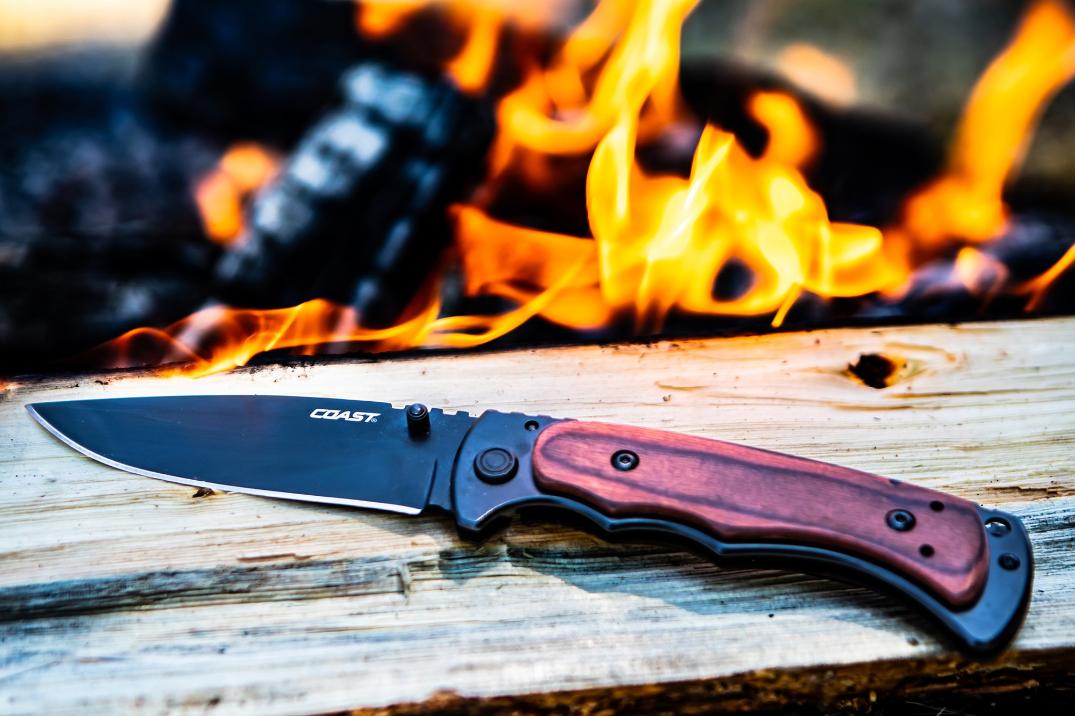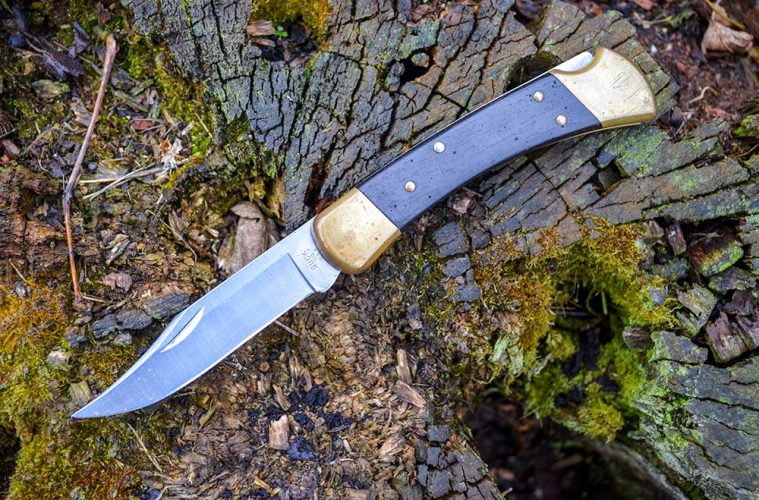In the bustling world of kitchens, where efficiency and safety are paramount, understanding the different locking mechanisms can significantly enhance both productivity and safety. For kitchen professionals, choosing the right locking mechanism is not just about convenience; it is about ensuring that every culinary task is executed with precision and safety.

Why Locking Mechanisms Matter
Locking mechanisms are crucial in the realm of kitchen tools, particularly knives, because they ensure stability and control. A reliable lock can prevent accidental closures that might lead to injuries, especially during intricate tasks. For kitchen professionals, knowing the nuances of different locking mechanisms is essential for both efficiency and safety.
Types of Locking Mechanisms
Liner Lock
The liner lock is a popular choice among folding knives and is favored for its simplicity and reliability. It employs a side-spring lock that holds the blade open firmly. When pressure is applied to the spine of the blade, the lock holds it in place, preventing accidental closure. This is particularly useful for kitchen tasks that require a steady hand and precision, such as slicing delicate ingredients.
Lockback
The lockback mechanism is known for its strength and simplicity. It involves a spine lock that engages automatically when the knife is fully opened. This mechanism is often preferred for heavier kitchen tasks where durability is key, such as chopping large vegetables or deboning meat. Learn more about the differences between lockback vs liner lock.
Frame Lock
Similar to the liner lock, the frame lock is integrated into the handle of the knife, providing a robust locking solution. This mechanism is often chosen for its durability and ease of use, making it ideal for tasks that demand strength, like cutting through tough materials. Discover more about frame lock vs button lock.
Button Lock
The button lock mechanism is often found in automatic knives and offers a user-friendly experience. By pressing a button, the blade is securely locked or released, providing a quick and efficient way to handle repetitive kitchen tasks. This mechanism is particularly beneficial for professionals who need to switch between tasks swiftly without compromising on safety.
Choosing the Right Mechanism for Your Kitchen
When selecting a locking mechanism, kitchen professionals must consider the specific tasks they perform regularly. For instance, if precision and delicate handling are required, a liner or button lock might be preferable. On the other hand, for tasks requiring strength and durability, a lockback or frame lock would be more suitable.
Additionally, the choice of mechanism can affect the overall ergonomics and comfort of using the knife. As such, it is important to handle different knives and assess how the locking mechanism integrates with the overall design and use of the tool. For more insights into knife designs, visit Knafs.
Maintenance and Safety Tips
Proper maintenance of locking mechanisms is essential to ensure their longevity and reliability. Regular cleaning and lubrication can prevent wear and tear, ensuring that the lock functions smoothly. Moreover, kitchen professionals should regularly inspect their knives for any signs of damage or malfunction.
Understanding and respecting the functionality of different locking mechanisms will not only enhance safety but also improve efficiency in the kitchen. For more detailed information on how folding knives work, check out this guide.
Conclusion
In conclusion, the various locking mechanisms available for kitchen knives provide an array of options tailored to different needs and preferences. By understanding these mechanisms, kitchen professionals can make informed choices that enhance their culinary skills and ensure a safe working environment.

FAQs
What is the safest locking mechanism for kitchen knives?
While all modern locking mechanisms are designed with safety in mind, the lockback and frame lock mechanisms are often considered the safest due to their robust design.
How often should I maintain the locking mechanism?
Regular maintenance, including cleaning and lubrication, should be performed monthly or as needed based on usage to ensure optimal performance and safety.
Can I replace a faulty locking mechanism?
Yes, but it is recommended to consult with a professional or the manufacturer to ensure the replacement is done correctly and safely.
This article contains affiliate links. We may earn a commission at no extra cost to you.


























